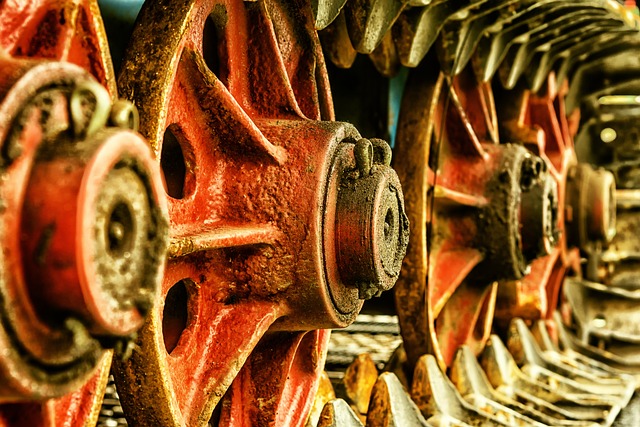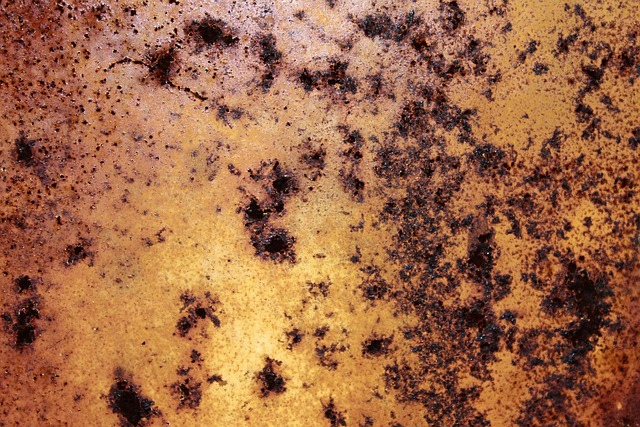Pipe corrosion, a multifaceted issue, is driven by exposure to harmful chemicals and hard water, which accelerate metal oxidation. Hard water's mineral content impedes protective coatings while chemicals directly damage pipe surfaces. The chemical composition of water, including acids and bases, significantly worsens corrosion over time. Scale buildup from minerals like calcium and magnesium reduces water flow and traps moisture, exacerbating the problem. Preventing rust through materials resistance, inspections, water softeners, and anti-corrosive chemicals is vital to preserve pipes and avoid costly replacements.
In the realm of plumbing, understanding pipe corrosion is key to maintaining efficient systems. This intricate process, often driven by unseen forces, encompasses a range of factors from rust formation to chemical influences. In this article, we explore the common causes of pipe corrosion, focusing on how chemicals and hard water contribute to this hidden menace. By delving into the basic mechanisms, chemical interactions, and practical prevention strategies, homeowners and industries alike can safeguard their piping infrastructure.
- Understanding Pipe Corrosion: The Basic Mechanisms
- Chemical Influences: Acids, Bases, and Hard Water
- Rust Prevention Strategies: Practical Solutions for Homeowners and Industries
Understanding Pipe Corrosion: The Basic Mechanisms

Pipe corrosion is a complex issue, but understanding its basic mechanisms is key to preventing it. At its core, pipe corrosion involves several interrelated factors that erode metallic pipes over time. The common causes of pipe corrosion include exposure to harmful chemicals and hard water. These substances can create an environment conducive to corrosion by accelerating the oxidation of metal surfaces.
Oxidation, often facilitated by moisture and oxygen, forms a protective layer on some metals, but in the case of pipes, it leads to degradation. Hard water, rich in minerals like calcium and magnesium, can insulate pipe interiors, preventing protective coatings from forming effectively. Meanwhile, chemicals used for water treatment or industrial purposes can directly damage pipe surfaces, making them vulnerable to corrosion.
Chemical Influences: Acids, Bases, and Hard Water

In understanding the common causes of pipe corrosion, it’s crucial to look beyond the visible and focus on the unseen culprits lurking within water systems. One of the primary influences is chemical composition. Acids and bases present in water can significantly accelerate corrosion, leading to pipe deterioration over time. Hard water, rich in minerals like calcium and magnesium, creates a unique challenge by promoting the formation of scale inside pipes. This mineral buildup not only reduces water flow but also acts as a protective barrier for underlying metal surfaces, hastening corrosion due to trapped moisture.
These chemical factors work in synergy, creating an environment conducive to pipe corrosion. Acids erode metal, while hard water’s minerals contribute to the creation of corrosive environments within pipes. The result is a compounding effect that weakens pipe integrity, leading to leaks and potential failures. Recognizing these chemical influences is vital for implementing effective corrosion prevention strategies.
Rust Prevention Strategies: Practical Solutions for Homeowners and Industries

Rust prevention strategies are essential for maintaining pipes and avoiding costly replacements, especially in areas with hard water. Homeowners and industries alike should be aware of the common causes of pipe corrosion, such as prolonged exposure to moisture, harsh chemicals, and mineral buildup. By understanding these factors, effective solutions can be implemented.
One practical approach is to use rust-resistant materials like copper or plastic for new installations. Regular inspection and maintenance are also key; checking for signs of corrosion and leaks allows for prompt action. Additionally, installing water softeners can reduce the impact of minerals, while treating water with anti-corrosive chemicals provides short-term protection. These strategies, when combined, offer robust defenses against the hidden dangers of pipe corrosion.
Pipe corrosion is a multifaceted issue driven by various factors, notably rust, chemicals, and hard water. Understanding these common causes is the first step towards effective prevention. By implementing practical solutions discussed in this article, both homeowners and industries can safeguard their plumbing systems from costly damage, ensuring efficient and safe water flow for years to come.
